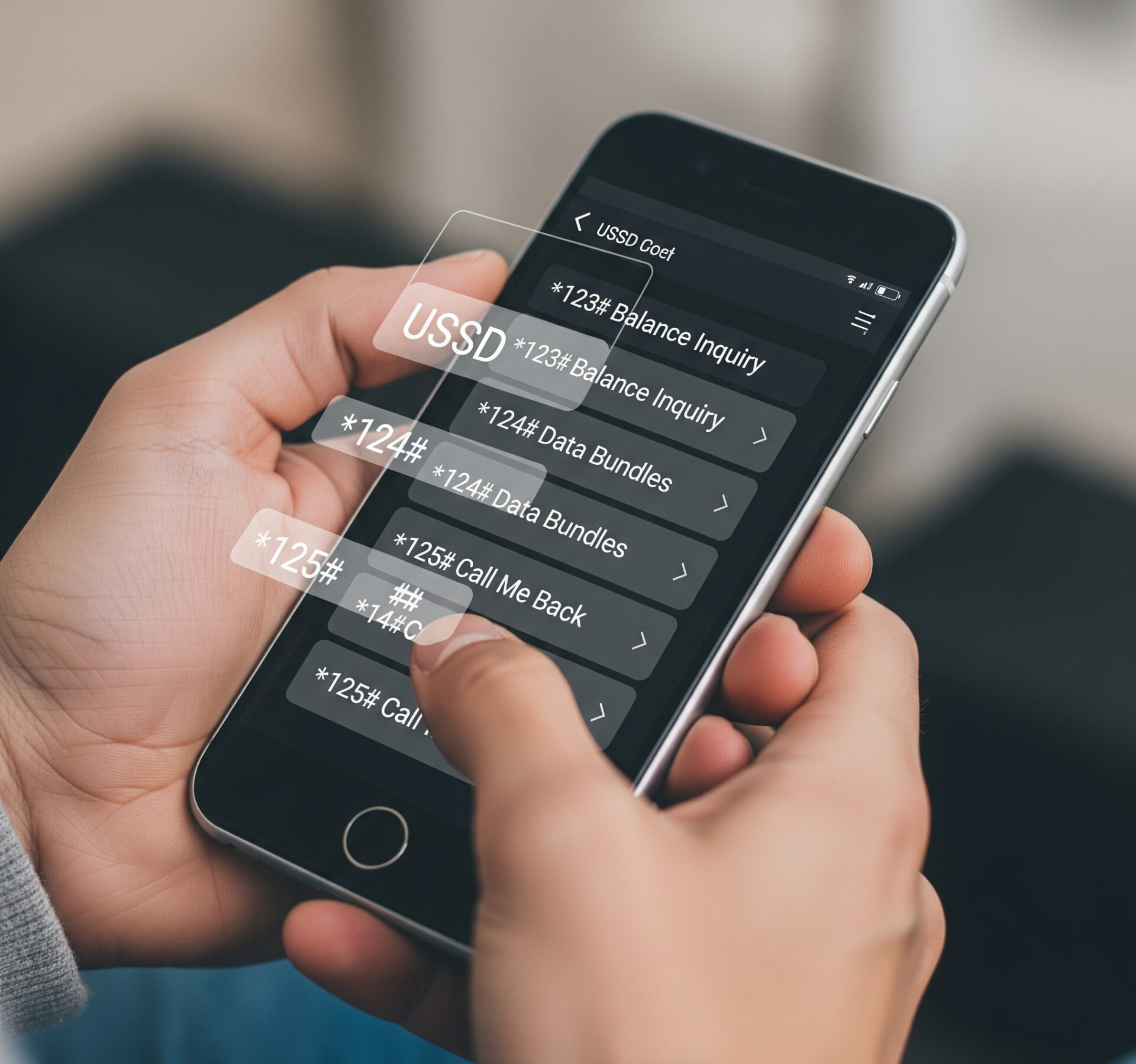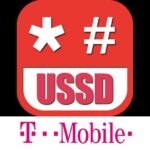The code 426 is not a valid geographic area code within the North American Numbering Plan (NANP), which covers the United States, Canada, and parts of the Caribbean. If you receive a call or text message displaying (426), it may be an invalid number, a spoofed caller ID, or it may refer to a code outside of standard US telephony.
This article clarifies the official status of the 426 code, details where it appears in international and digital contexts, and explains how to handle calls from unfamiliar or non-existent area codes.

Status of the 426 Code in Telecommunications
Since the query refers to “area 426,” there are three possibilities for where this code might apply: an unused North American area code, an international country calling code, or an internal telephone prefix.
- North American Area Code (NANP)
The 426 code is not currently assigned as an area code in the United States, Canada, or any NANP territory.
- The North American Numbering Plan maintains a structured system, and while codes beginning with ‘4’ are common (such as 415 in California or 404 in Georgia), the combination 426 is unassigned.
- International Country Calling Code
When checking international telephone codes, which are prefaced by a plus sign (+426):
- The code +426 is currently unassigned or reserved globally.
- The “42” sequence belongs to a zone of former Czechoslovakia countries (e.g., +420 for the Czech Republic, +421 for Slovakia).
- Usage in Mexico (Prefix)
In the Mexican Numbering Plan, which uses a 3-digit area code, the sequence 426 is used as an exchange code (or prefix) within the state of Michoacán.
- If you see a call originating from Mexico (Country Code +52), it might have a number beginning with a 426 sequence, but it is not the main 3-digit area code.
The Scam Risk: Calls from Unassigned Codes
Receiving a call from a code that does not exist in the US system, such as a spoofed (426) number, is often a major red flag indicating a scammer is attempting to hide their true location.
Why Scammers Use Fake or Invalid Codes
- Evading Call Blocking: Scammers frequently change the number they use to bypass call-blocking services and spam filters employed by mobile carriers and third-party apps.
- Lack of Traceability: By using a non-existent code, the scammers make the number nearly impossible to trace or report accurately.
- The One-Ring Scam: In rare cases, calls from unassigned international codes are part of the “one-ring scam.” If you call the number back, you may be connected to an expensive premium-rate international service, resulting in high charges on your phone bill.
Actionable Steps: How to Handle Calls from (426)
- DO NOT answer the phone. Answering confirms to the auto-dialer that your line is active, which can lead to more spam calls.
- DO NOT call the number back. If the number turns out to be an international toll line, you could incur significant charges.
- Block and Report: Use your phone’s built-in features (Spam Protection on Android, Silence Unknown Callers on iPhone) to block the number. You should also report the number to the Federal Trade Commission (FTC) at ftc.gov.
Other Contexts for the Code 426
Beyond telephone numbering, the code 426 appears in administrative or digital contexts:
- ISO Numeric Code (Liberia): In the International Organization for Standardization (ISO) numeric codes used for statistics and data, 426 corresponds to the country of Liberia. This is not a calling code, but a general numerical identifier.
- California IHSS (SOC 426): In the state of California, SOC 426 is the official form number for the In-Home Supportive Services (IHSS) Program Provider Enrollment Form. This has no relation to telecommunications.
Frequently Asked Questions (FAQ)
- If I receive a text from a number starting with 426, should I reply “STOP”?
No. Since 426 is not a standard US area code, there is a very high probability that any unsolicited text message is a scam (smishing) attempt. Replying with “STOP” only confirms your number is active. The safest action is to delete the message and report it to your carrier by forwarding it to 7726 (SPAM).
- Could the caller be from a nearby US area code?
It is possible that the caller ID was merely spoofed to appear like 426, or it was a typo for a nearby valid area code such as 424 (California) or 423 (Tennessee). Regardless, the advice remains the same: treat any unknown or invalid code with high suspicion.
- What is the Country Calling Code for the United States?
The country calling code for the entire North American Numbering Plan (USA, Canada, etc.) is simply +1. This is why all US area codes, like 201 or 860, are typically dialed after the “1” when calling internationally or from some non-NANP countries.

